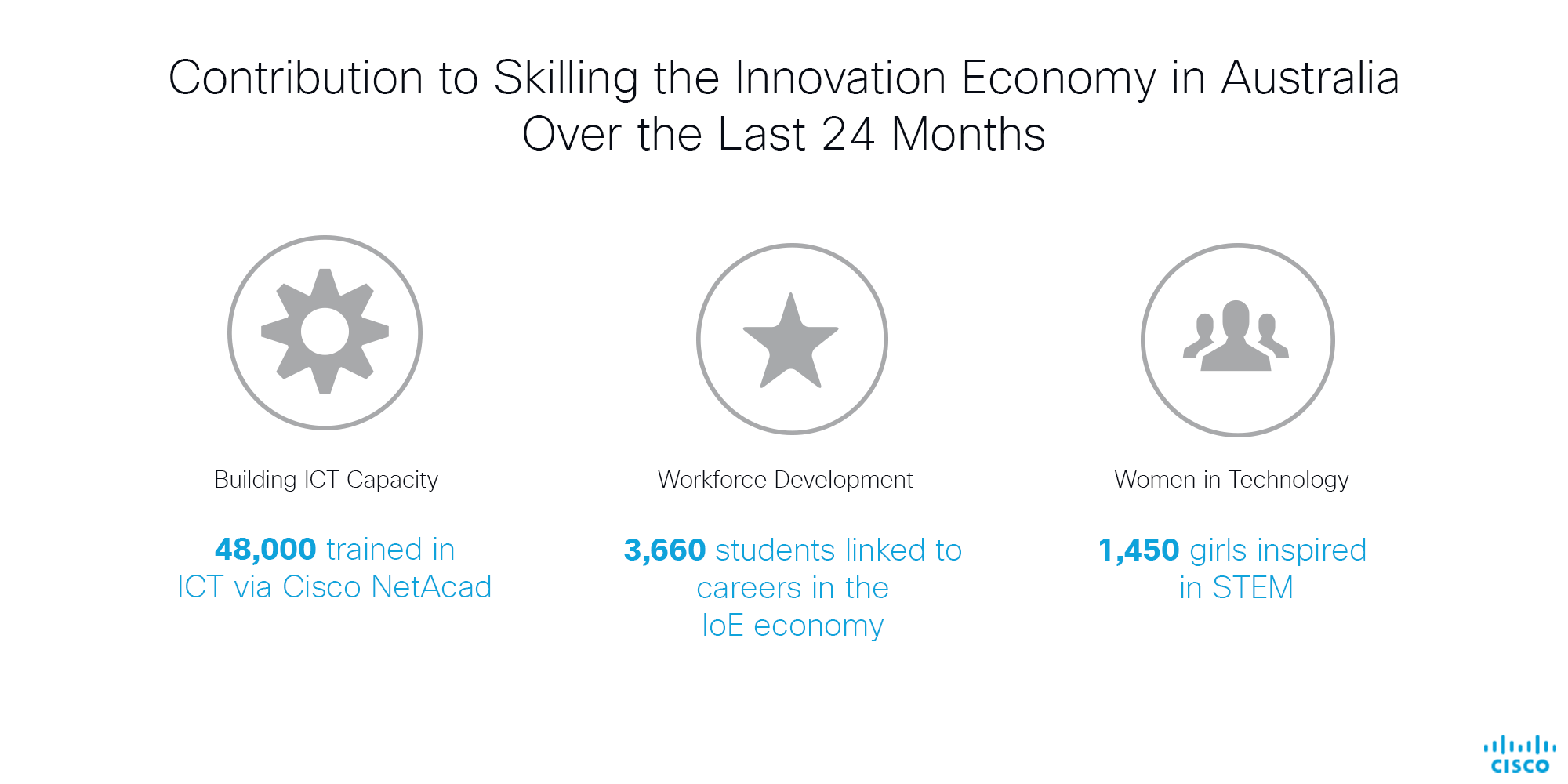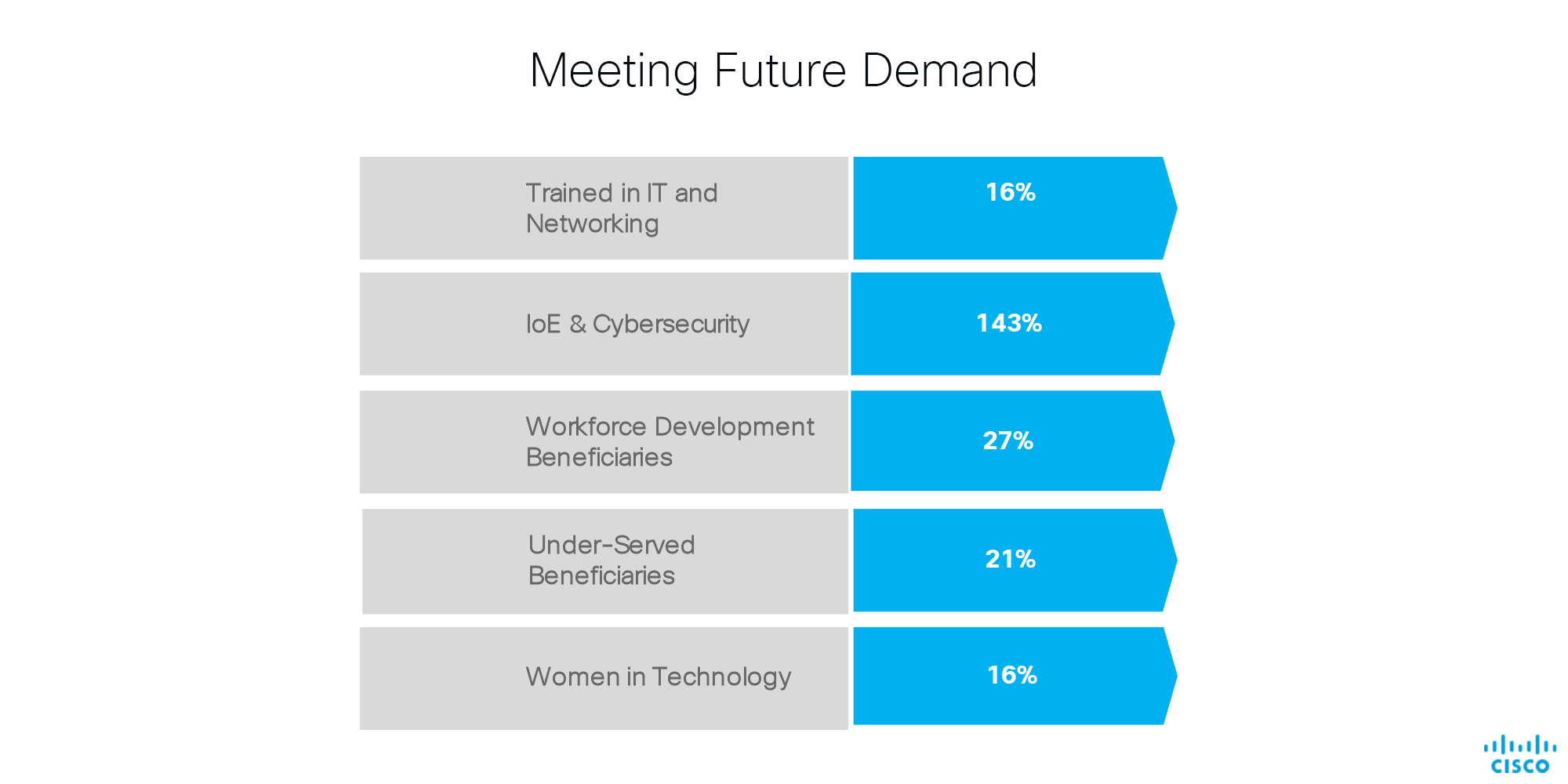































When people think about the impact of technology on education, they tend to focus on how the Internet has changed the classroom experience. Blended learning is now a common delivery model in universities and vocational education, and the use of video to connect students in remote locations is common to all education sectors.
The impact of technology, however, is far broader than the classroom experience. It's also changing the nature of jobs and creating demand for new types of skills and competencies.
Today, students need to be educated to solve problems, become social entrepreneurs and to think critically. Social consciousness and social entrepreneurship are at the heart of the biggest business opportunities for this century.

The rise of the digital economy represents a major shift in the way that people are working and will work in the future. It is estimated that 47% of today's jobs will be automatable over the next decade or two. What is less understood as the economy transforms is the specific nature of `reconfigured jobs' that will be required as replacements, and the foundational skills required to do them. While the answer is not straightforward, there is overwhelming evidence to suggest that STEM competencies are and will continue to be in high demand in the future. Around 75% of the fastest growing occupations require STEM related skills and experience. By 2020, 90% of jobs will require digital skills.
The way people are working is also changing. A US study estimates more than 40% of the US workforce, or 60 million people, will be independent workers, freelancers or contractors by 2020. This increases the need for students to have entrepreneurial skills so they can navigate the labor market.
To meet these new demands, Cisco is partnering with education institutions to help prepare the workforce for the digital economy. Here's how:

Cisco, is combining technology and education with the goal of creating a pipeline of global thinkers to tackle the future's most difficult challenges. Cisco Networking Academy has been educating workers since 1997, when it started the Cisco Networking Academy, as a set of courses and certificate programs. Today the Networking Academy partners with more than 9,600 institutions that teach one million students each year in over 170 countries.
In Australia specifically, we partner with 124 institutions that have taught 142,000+ students since inception. 12% of students are female. Between 2005 and 2014, more than 1.3 million students have started new jobs as a result of the program globally. We also support institutions with cutting edge technology that allows them to improve the student experience, promote engagement and ultimately improve learning outcomes.
See the graphic below to understand the impact of our investment in the digital economy.

Beyond what Cisco has already done to invest in Australia's digital economy, we're looking forward to meet future demand. Over the next twelve months, we're projecting massive growth in key investment areas, as shown in the below graphic.

Through our current initiatives in Australia, we harness the power of technology to launch a generation of problem solvers. Networking Academy students are challenged in hackathons and problem-solving contests to find solutions using Internet of Things and other technologies. They're connecting their skills and critical thinking to real-world problems big and small. They are being taught to innovate like technologists, think like entrepreneurs and act as social change agents.
 Tags chauds:
Cisco Networking Academy
#Éducation et formation
Australie Australie
Workforce Experience
digital economy
future generation workforce
Tags chauds:
Cisco Networking Academy
#Éducation et formation
Australie Australie
Workforce Experience
digital economy
future generation workforce